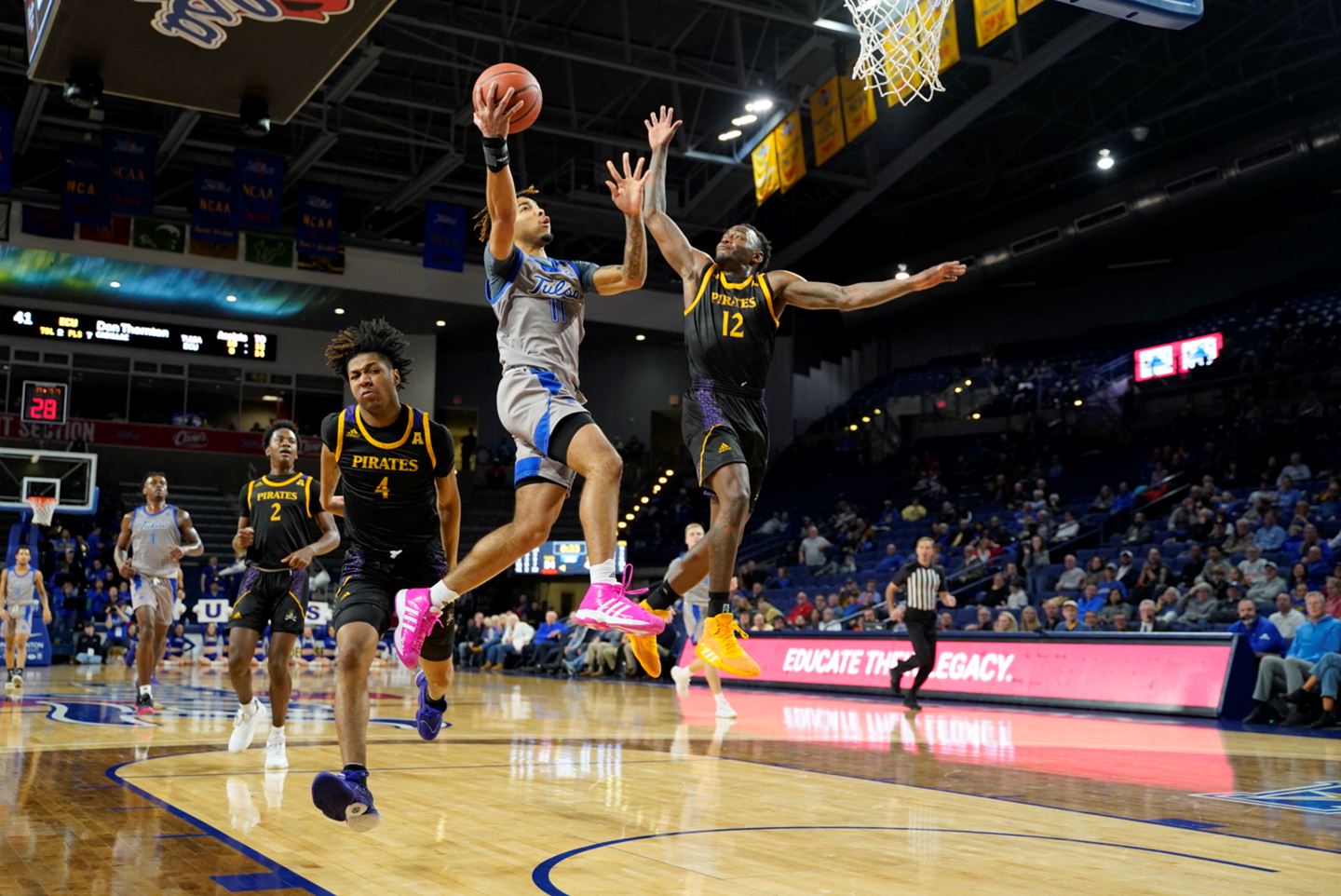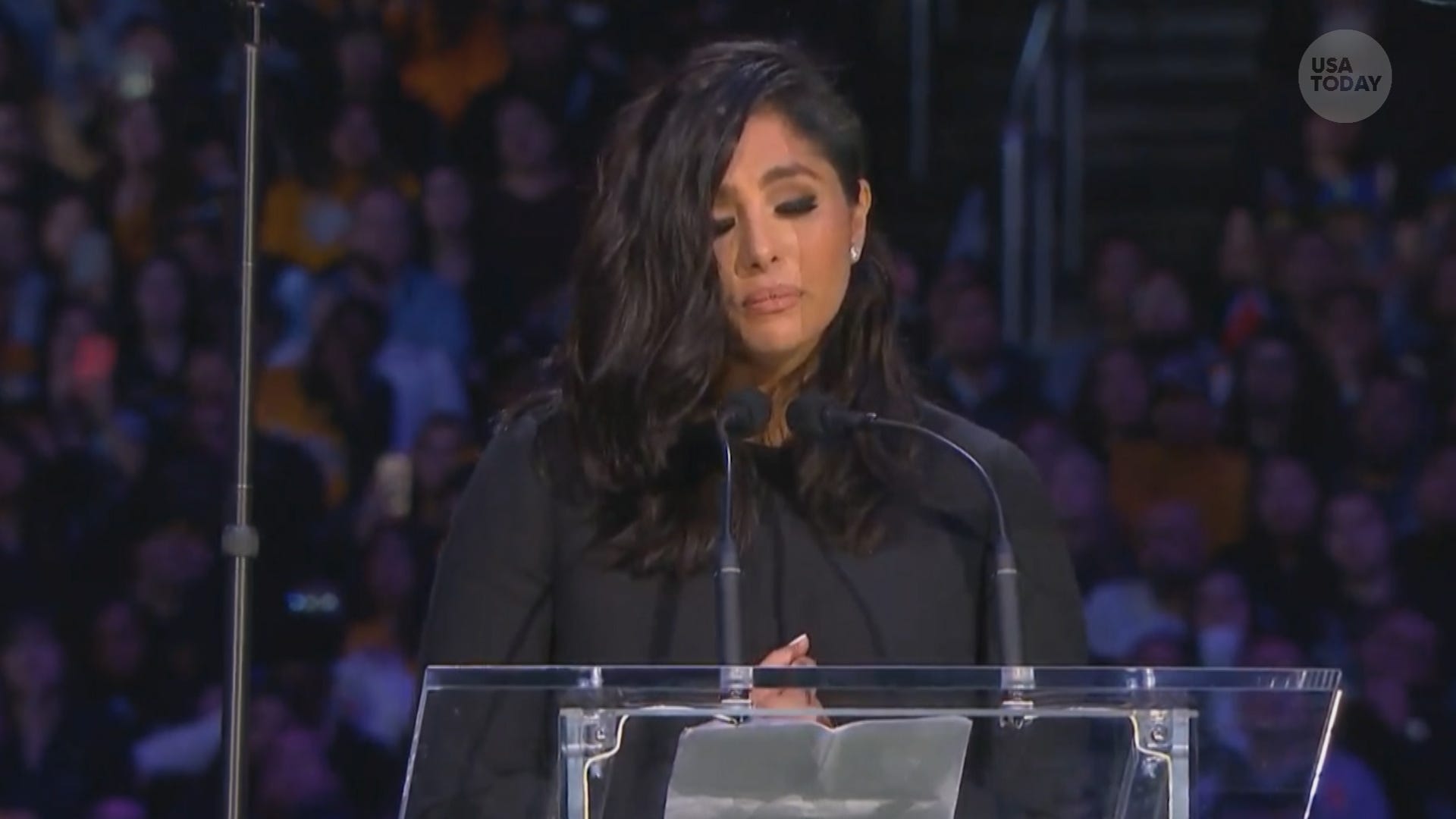
By: Dane Hawkins
When separate but equal education wasn’t realized in Tulsa during the 1950s, civil rights activists and teachers pushed to blend once segregated classes together.
Tulsa Public Schools made that change during the Fall semester in 1955, and with the help of dedicated teachers and counselors, racial barriers within were broken down.
Dr. LaVern Ford Wimberly spent over 40 years as an educator and counselor in TPS. She was one of the “adjustment counselors” to help students and parents through the desegregation process.
“Expectations for children, if they are high they will rise to the occasion each and every time,” Dr. Wimberly said. “They don’t come here with any hatred or any prejudices.”
In 1956, the expectation was for students to do something no students in Tulsa had ever done before.
“It was quite an involved period for Tulsa Public Schools,” Dr. Wimberly said. “It was a lot of change for a lot of people.”
Dr. Marsha Edmonds worked as a history teacher in TPS for over 30 years.
“The first year that Booker T. was integrated, they asked for volunteers from the white teaching components to go to Booker T., and I was one of the volunteers who went.” Dr. Edmonds said.
Dr. Edmonds remembers that it was tougher for some students then others, when integration started in 1955.
“The burden of desegregation rested with the African American community because they were relocated,” said Dr. Edmonds. “There were white students that didn’t want them, there were a few of those that said that.”
To help with that attitude, TPS deployed specialists like Dr. Wimberly, who before becoming an educator, got a degree in Clinical Psychology.
“It was very difficult, very intense, there was always something going on, a lot of fights between and among the students of different races,” Dr. Wimberly said. “But that’s when my background really came in handy.”
Educators and counselors, like Dr. Wimberly and Dr. Edmonds, were determined to help students and parents “unlearn” prejudice and racism.
Dr. Wimberly remembers pressing forward with counseling even when she was met with resistance.
“I would hear certain words or name-calling, but I would pay it no mind,” Dr. Wimberly said. “It’s not what someone calls you, it’s what you answer to, so I would never respond to when I would hear or overhear.”
As walls between students in her classroom came down, it continued to inspire more teachers, counselors, and students.
“It could have been really bad because you saw on the news what was happening in other schools across the country,” Dr. Edmonds said. “But I’m so proud to say Tulsa didn’t have awful outbreaks like that.”
Which was a true goal of the first educators to break down barriers in Tulsa classrooms, no matter the color.
“A child is a child is a child and you love them regardless,” Dr. Wimberly said.










